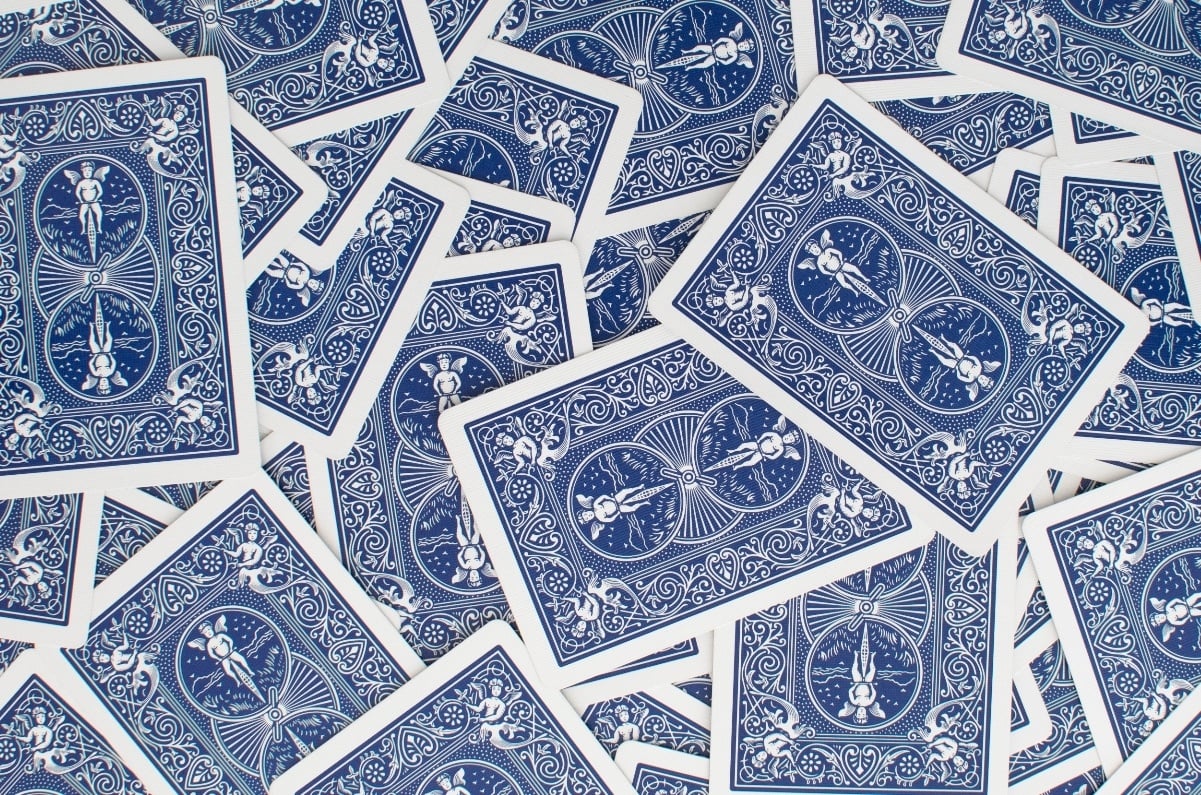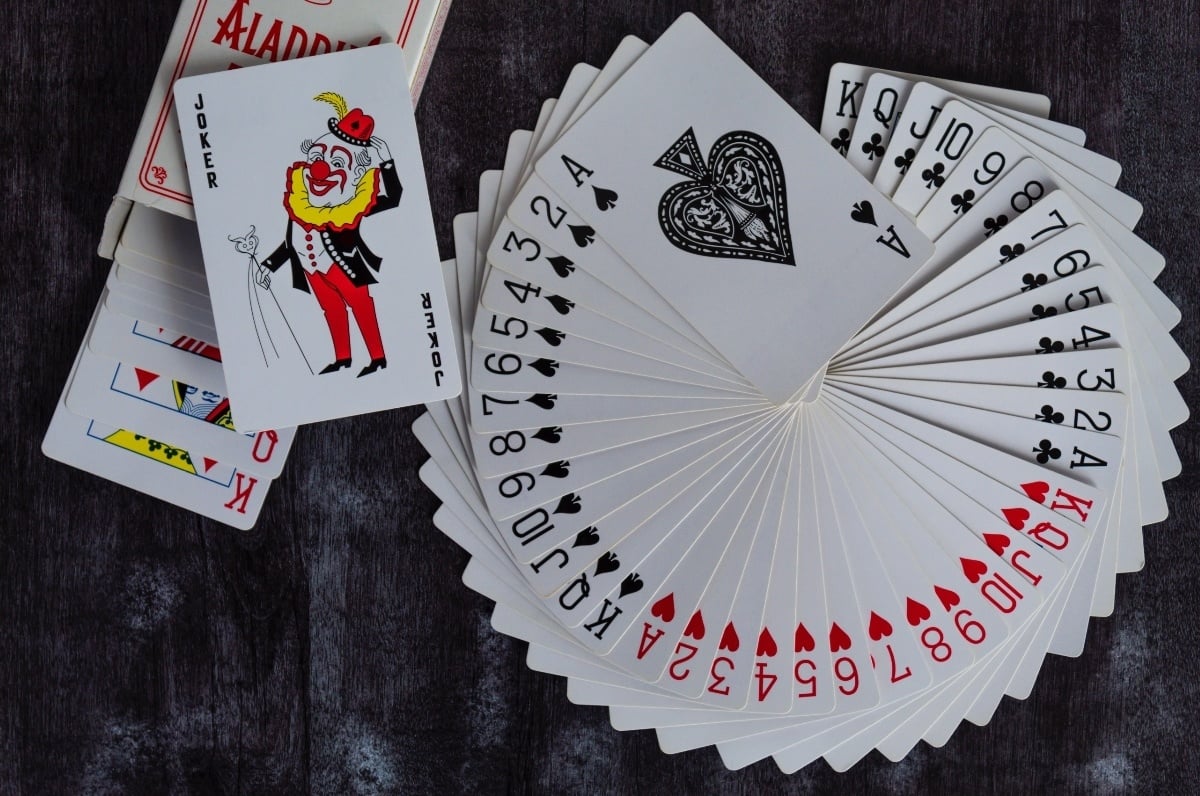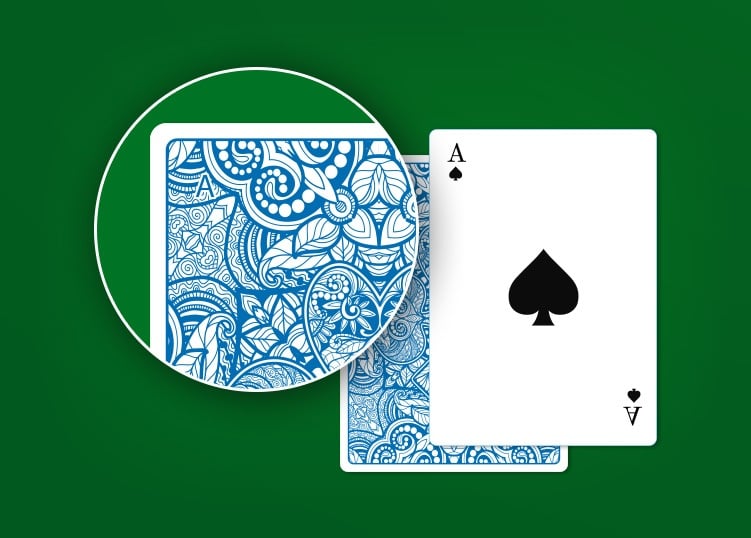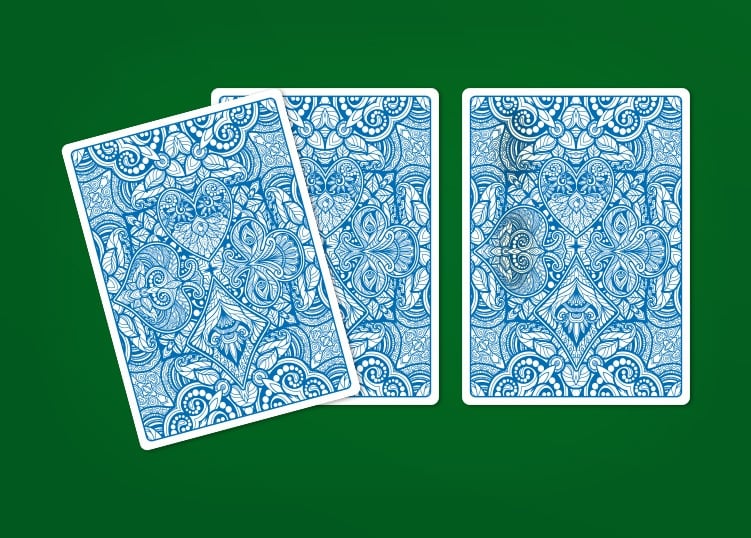The Art and Intrigue of Marked Cards: Techniques, Tactics, and Tells

Perception Versus Reality: Myths About Marked Cards
As a magician, suspicions about the use of marked cards are frequent. To put audiences at ease, I typically open brand-new decks and hand them out at the end of a performance, emphasizing transparency. However, even the most skeptical participants are rarely aware of how ingeniously a marked deck can be disguised. Not all marked decks are created equal-some are blatantly obvious to those in the know, while others escape detection even by seasoned players.

Some marked decks are widely available as novelty items and come with simple guides for decoding the marks. While these are easy to spot, advanced systems require a trained eye-or in some cases, a sensitive touch. Beyond visual cues, there are methods tailored for technology-assisted cheating, where marks are only visible or detectable via specialized devices.
Concealing Marked Cards in Live Play
Creating a marked deck is one challenge; introducing it into a live game without arousing suspicion is an entirely different skill. Cheaters can't simply produce a prepared deck-such an action would immediately make them suspects if any cheating was uncovered later. Instead, cheaters employ a range of covert marking techniques that vary in complexity and subtlety.
Transforming Card Backs: Inks, Scratches, and Invisible Techniques
Some of the oldest methods of marking cards involve altering their backs in subtly visible or tactile ways:
- **Block-out techniques** use ink or paint to modify patterns on the back of a card, encoding information about the suit or value.
- **Scratch techniques** require using needles or other fine tools to etch barely perceptible marks on the surface.
- **Invisible ink** applications use colors or chemicals that blend into the card’s design under normal lighting but become apparent under specific conditions or to trained eyes.

For example, certain red-backed decks can be marked with green or yellow pigments that are visible only to those specifically searching for them. Some marking systems push secrecy to the extreme by relying on special glasses or contact lenses for decoding.
The “Juice” Method: Shifting Shades for Subtle Marking
“Juicing” is a specialized marking technique where cheaters alter the pigmentation on the backs of cards using blends known only among card mechanics. The effectiveness of a juiced deck depends on the user’s skill in both applying and reading the marks-sometimes from across the table, or even across a room. If juice is applied too boldly, vigilant players may notice discrepancies, so expertise lies in achieving the perfect balance between visibility for the insider and invisibility for everyone else.

Insight from the Inside: A Marking Trick Revealed
Sometimes, even skilled professionals can be misled by their own expectations. I recall a breakfast meeting with friends, one of whom demonstrated his prowess with juicing Bee-brand decks. When another friend struggled to spot the marks, I swapped the marked deck for an unmarked one as a prank. Intriguingly, the original marker still claimed to read the cards-thanks to a mirrored wall reflecting the cards-showing how context can fool even the best.
Sensory Markings: Using Texture to Identify Cards
Not all marking systems rely on sight. Another widely used strategy involves changing how cards feel. This can include:
- **Edge shaving:** Removing thin slices from the card to alter its shape for manipulation during shuffling or dealing.
- **Punch work:** Employing special tools to create minuscule bumps on the surfaces of cards, which can be detected by touch during dealing.
Professional cheaters often create or adapt their own punch tools, sometimes disguised as regular items or medical devices to avoid suspicion. When a deck is secretly “punched,” a skilled cheat can feel out key cards during play, executing advanced deals with uncanny accuracy.
Restoring Tampered Decks: The Art of Re-Sealing
Sophisticated cheats not only mark cards but also possess the ability to re-seal decks so they appear untouched. With careful manipulation and ingenuity, it is possible to open, doctor, and reseal a deck without leaving any detectable trace. Reapplying the cellophane wrapper is particularly challenging, but some have perfected methods for seamless results using ordinary tools found in any pocket.
Spotting Marked Cards: Reading Actions More Than Cards
Detecting a well-marked deck is nearly impossible without insider knowledge of the specific marking system in use. For most players, the best clue isn’t on the cards but in the behavior of the cheater. Amateurs often give themselves away by repeatedly glancing at the backs of cards or acting suspiciously. Conversely, expert cheats have honed both their marking and their poker faces to avoid arousing even the slightest suspicion.
Final Thoughts: The Enduring Allure of Marked Cards
Marked cards represent a blend of technical skill, psychological manipulation, and artistic ingenuity. While most decks offered for sale are simple novelties, some professionally marked sets are nearly indistinguishable from the originals. For those facing off at the table, staying alert to unusual behavior is often the most reliable method for discovering if foul play is afoot.














